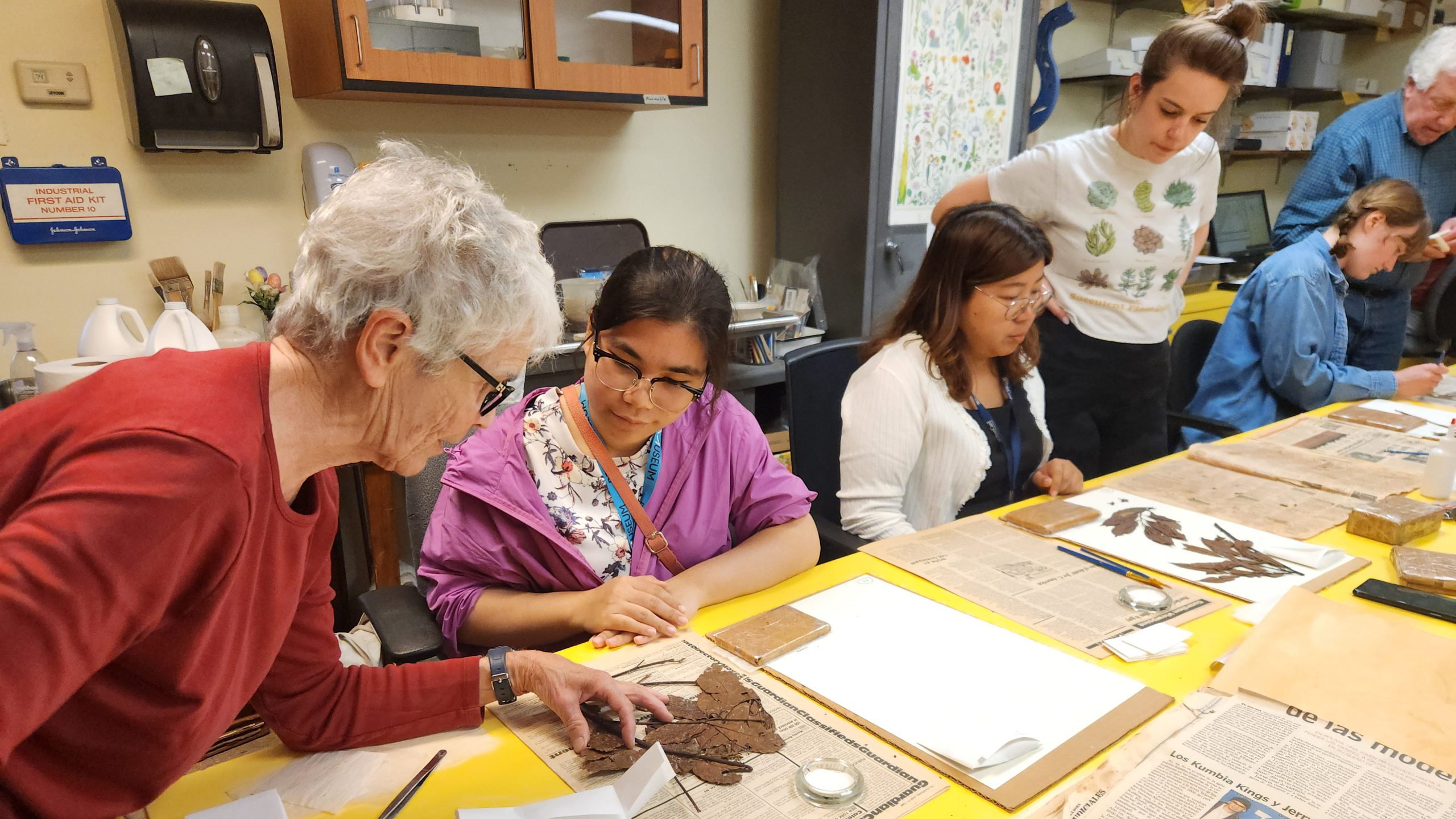Preserving Southeast Asia’s Botanical History
A diverse team of experts and volunteers from various corners of the globe joined forces at the Penn Museum with the shared aim of preserving the botanical history of Southeast Asia. This initiative was part of a broader effort known as the Year of Botany.
The collaboration highlighted how teamwork can tackle even the most intriguing challenges. Many of the volunteers were drawn from a network of botanists, local scholars, and community enthusiasts, contributing their unique expertise to curate special botanical collections originating from Thailand.
The Year of Botany Initiative
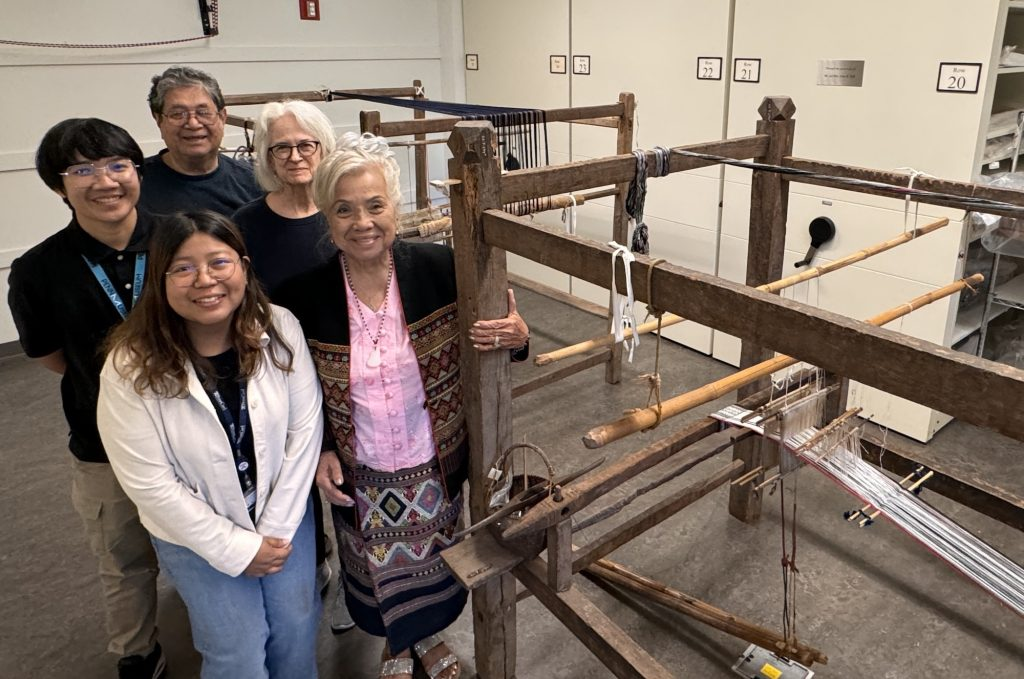
During the spring and summer of 2024, the Penn Museum buzzed with activity, welcoming scholars, students, and volunteers involved in a multifaceted program dedicated to botanical studies.
Spearheaded by the Ban Chiang Project, this initiative aimed to assemble three significant collections: an archaeobotanical collection, an ethnobotanical collection, and an accessioned ethnographic collection.
These collections are rooted in Ban Chiang, situated in Udon Thani Province, Thailand, which has been recognized as a UNESCO World Heritage Site since 1992. The relationship with local culture is evident in each element of these collections.
Assembling the Team
Forming an effective team involved reaching out to a vast network enriched over years. This group included botanists, curators, seasoned volunteers from the Philadelphia area, and culinary professionals with knowledge of traditional practices relevant to the collections.
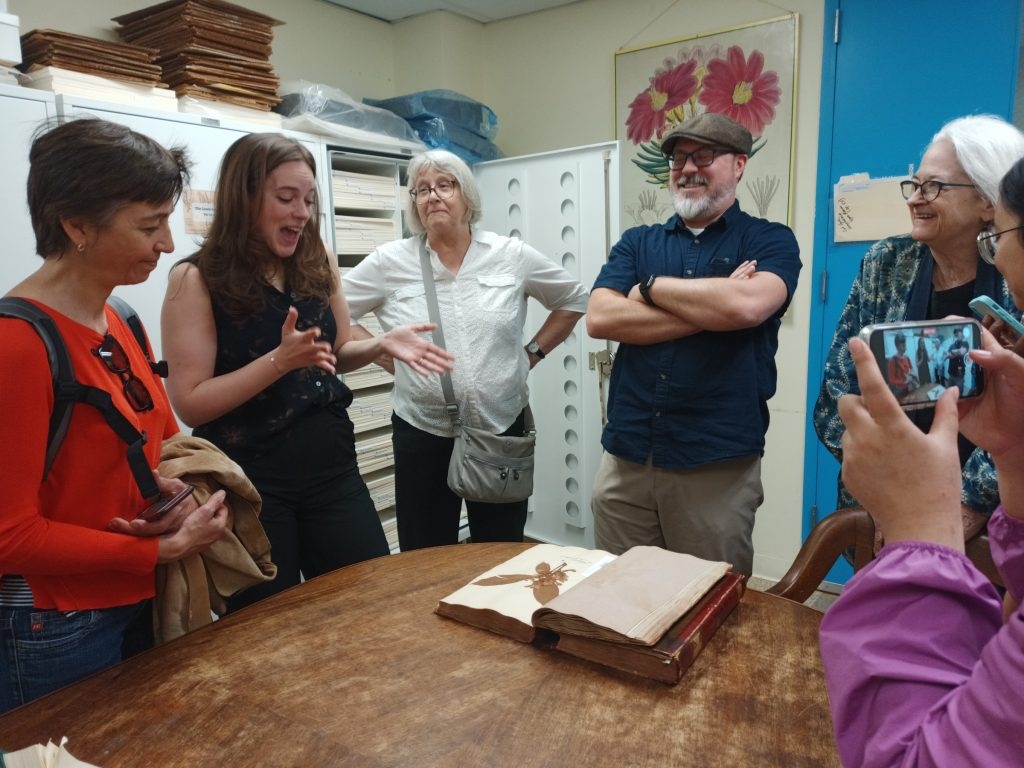
Bringing scholars to Philadelphia presented challenges, including securing funding and accommodations for participation in the program. Ultimately, the Year of Botany team consisted of four primary experts alongside 32 support personnel who dedicated several months to the project.
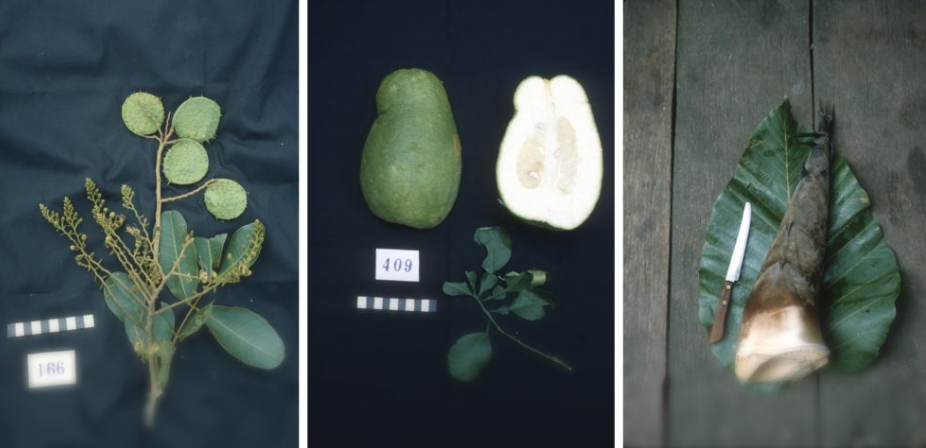
Various Roles in the Initiative
The supporting team featured interns from Mahidol University in Bangkok and local volunteers proficient in mounting herbarium specimens. Many contributors possessed skills in social media, film editing, and digitization—a critical component in modern curation practices.
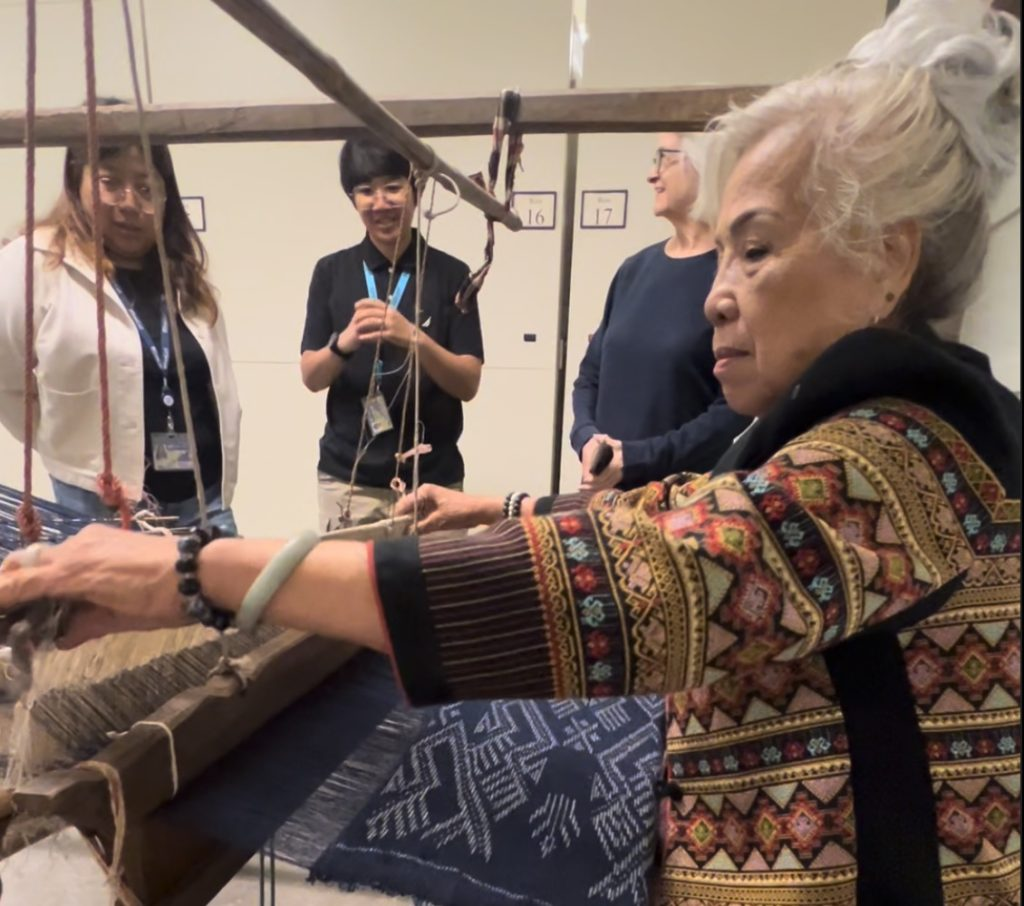
A notable collaboration between the Penn Museum and the Academy of Natural Sciences of Drexel University ensured that the curated collections would be preserved for future generations and supported by indigenous expertise.
Ethnobotanical Knowledge

Dr. Sasivimon Swangpol from Mahidol University played a crucial role by identifying key specialists in ethnobotany and Thai plant taxonomy. These experts, Dr. Prachaya Srisanga and Dr. Varangrat Nguanchoo, engaged in painstaking work to catalog the plant samples that would form the backbone of the ethnobotanical collection.
Supported by additional volunteers, this collaboration revealed the insights and practices of local plant use, thus connecting the past with the present. This exchange of knowledge has implications for contemporary society, especially in terms of cultural preservation and awareness.
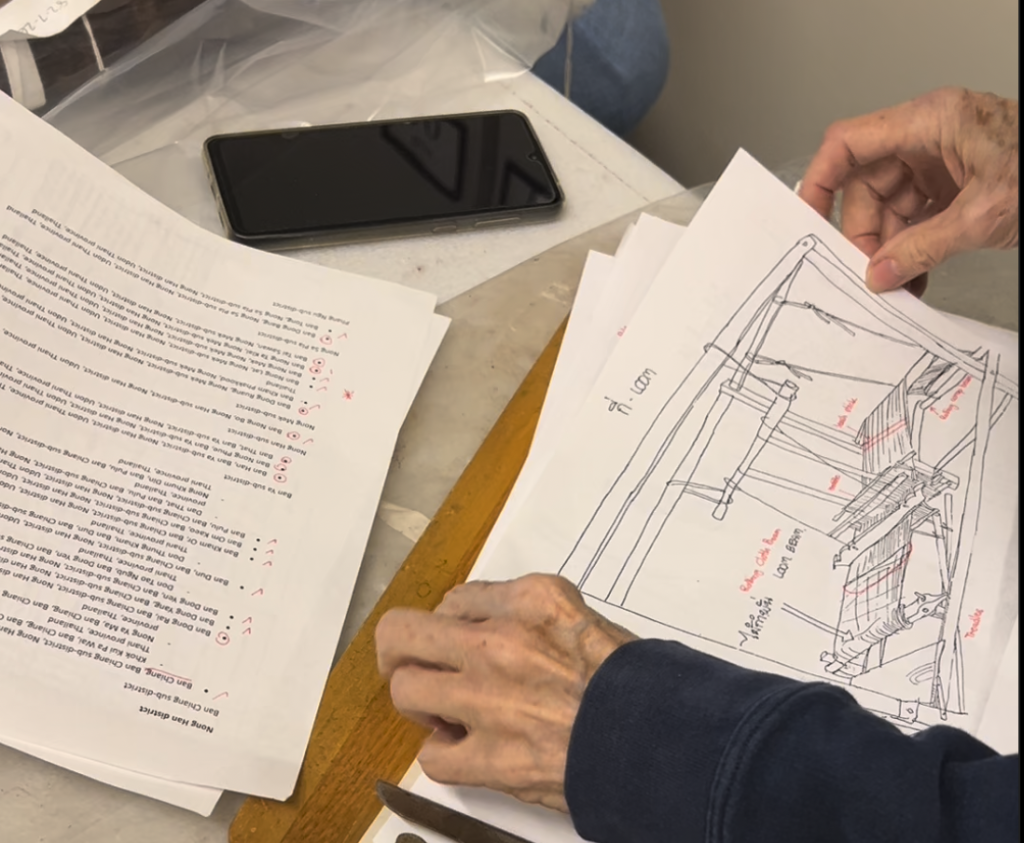
Community Contributions
Among the contributors were others who created bilingual resources and shared personal experiences of cultural practices, enabling a deeper understanding of the collections. Local knowledge became an invaluable asset, showcasing the universal nature of cultural heritage through food, craft, and storytelling.
Fostering Archaeobotanical Research
For the archaeobotanical aspect of the project, few specialists in Southeast Asian archaeobotany exist. Dr. Cristina Castillo from University College London offered her assistance for flotation tasks on soil samples, training two Thai interns in the process. This collaboration took place outdoors, surrounded by the museum’s picturesque courtyard, further enriching the experience for all involved.
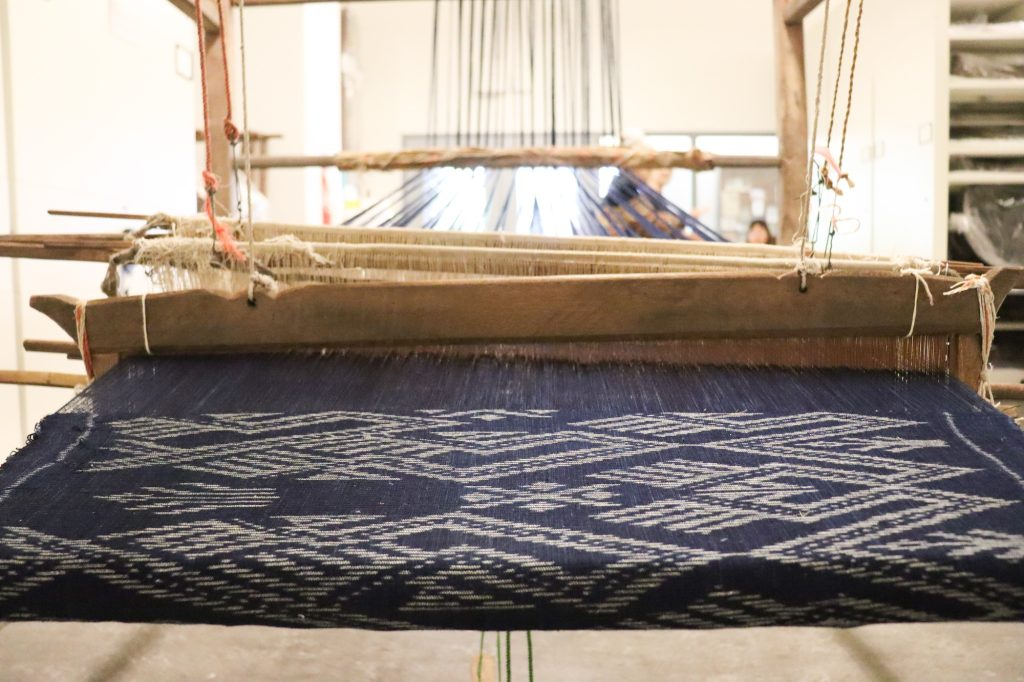
As these samples progress through rigorous study, they may uncover significant implications for ancient diets and cultural practices, enhancing our understanding of the region’s archaeological history.
Importance of Digitization
The digitization efforts are ongoing, reflecting a broader trend in contemporary museums to enhance accessibility and transparency regarding their collections. This collaborative effort exemplifies how global teamwork can significantly enrich knowledge across cultures, encouraging visitors to explore their own heritage and appreciate the diversity of history.
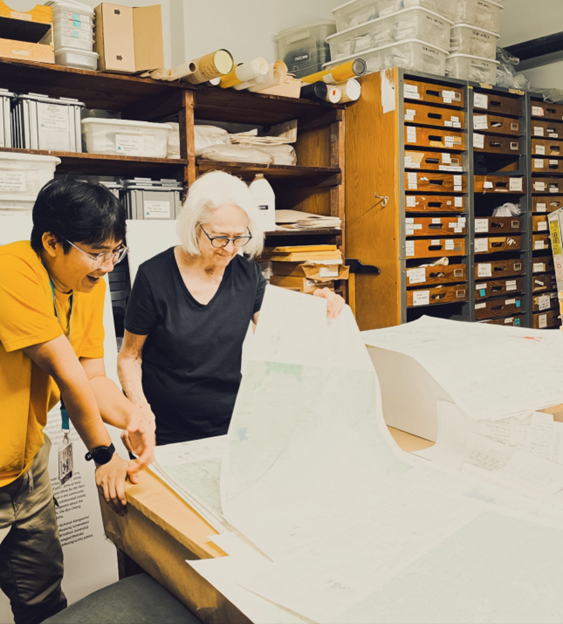
Connecting to the Theme of Travel and Transfers
The projects and collaborations detailed here not only preserve botanical heritage but also pave the way for cultural tourism. As travelers seek to connect with local histories and customs, programs like the Year of Botany foster a meaningful backdrop. By understanding local practices through travel, one gains insight that extends beyond sightseeing, into experiencing the valuable traditions of host cultures.
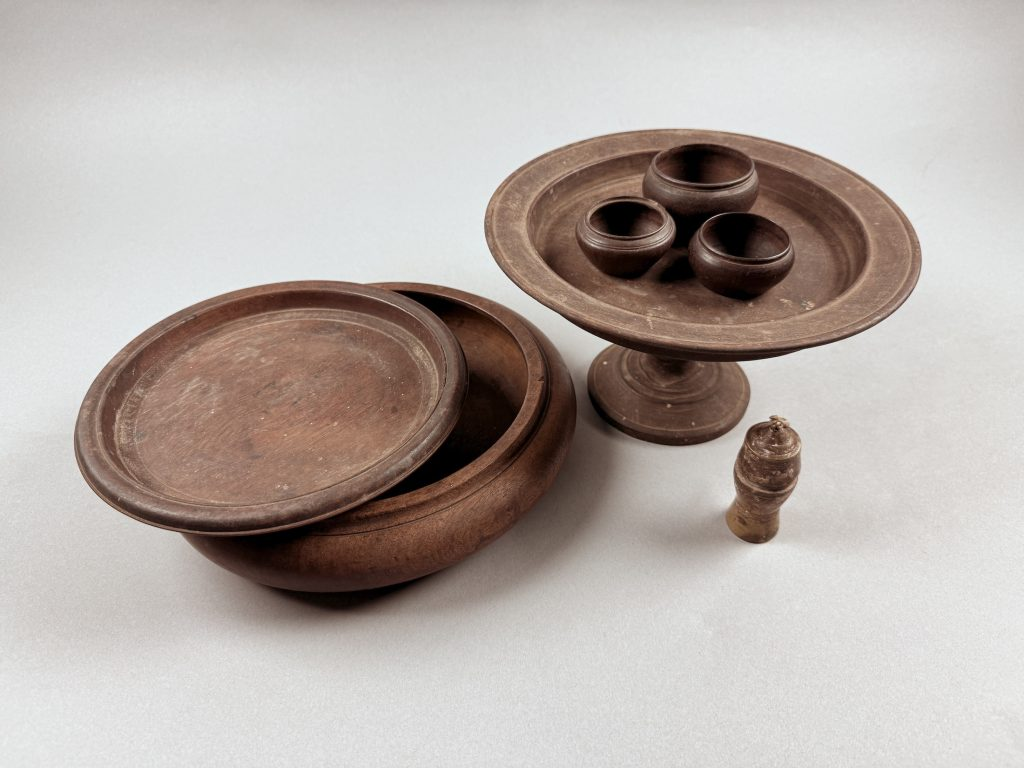
Summary: A World of Potential
The achievements of the Year of Botany illustrate how important collaboration is in the preservation of historical knowledge. The lessons learned here can also enhance tourism and travel experiences, particularly in offering personalized services, like those via LocalsRide.com, which allows travelers to select their specific vehicle and enjoy transparent pricing. Ultimately, individual experiences shape the way tourists engage with different cultures.
Even the most favorable reviews cannot quite replicate the personal experience. On LocalsRide, you can hire a car with a driver from verified providers at reasonable prices, ensuring your travel experience is informed and satisfying without unnecessary disappointment. With an extensive choice of vehicles and additional options available, travelers can indulge in the comfort and convenience provided by LocalsRide.com. Book your Ride on LocalsRide.com today!

